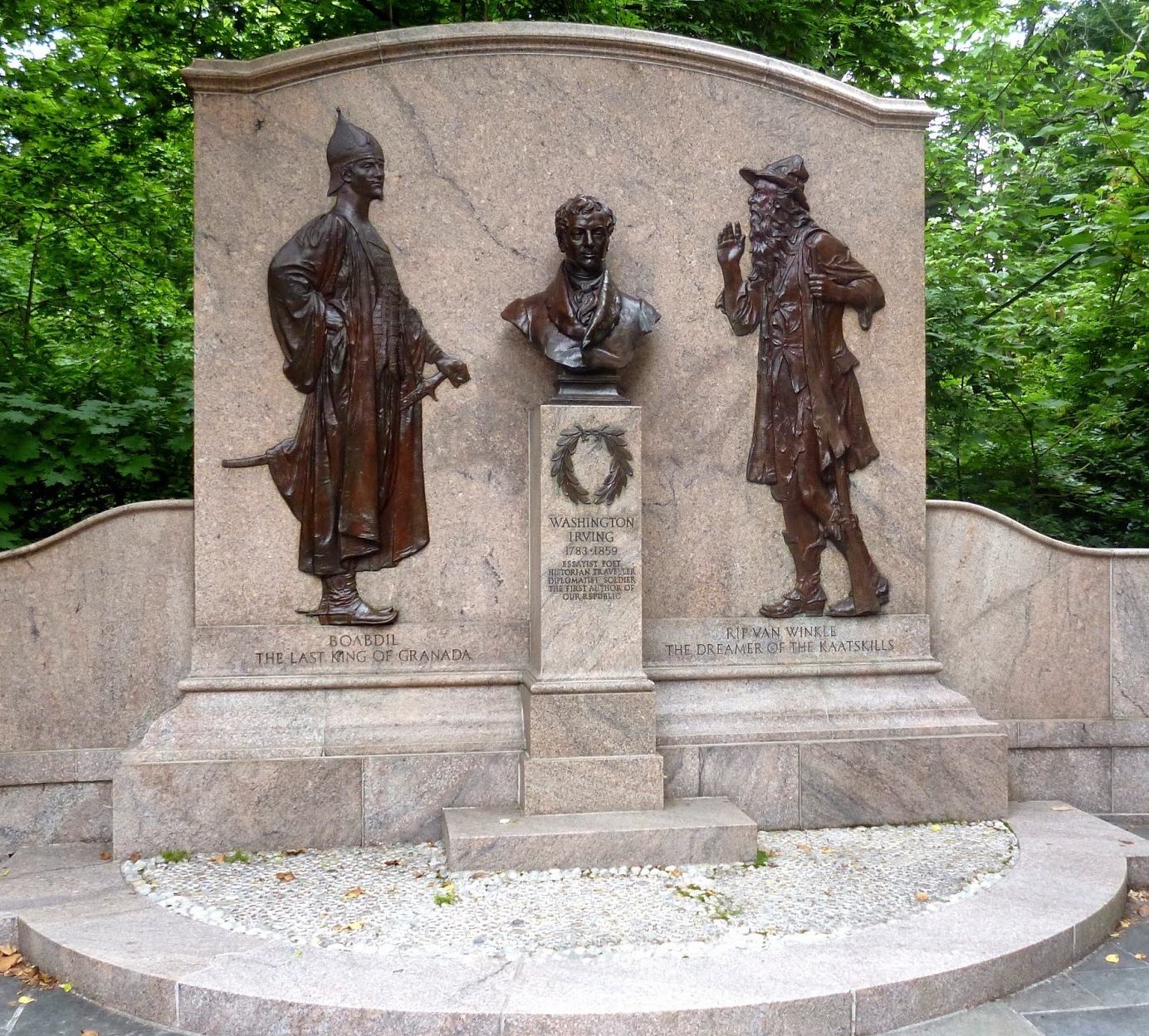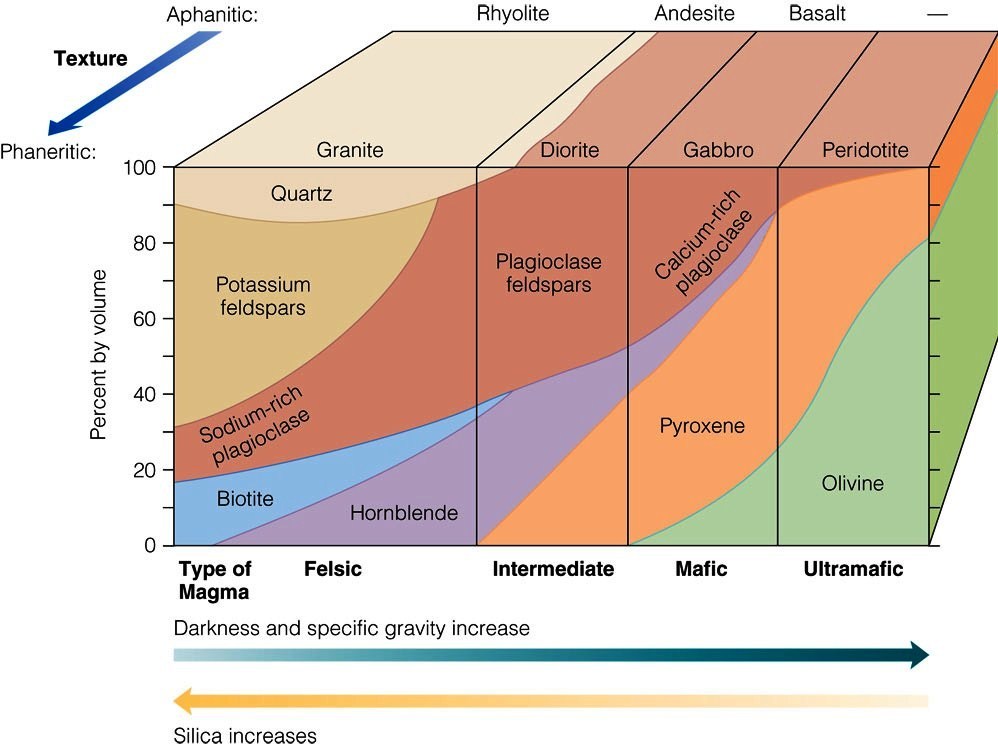
The Washington Irving Memorial is a tribute to Washington Irving, one of America's most famous writers. It features a bronze statue of Irving sitting on a stone pedestal, capturing his unique style and literary spirit. The memorial commemorates Irving's literary contributions and his enduring legacy and is place where people can appreciate Irving's famous works like "The Legend of Sleepy Hollow" and "Rip Van Winkle," and be reminded of the timeless magic of storytelling.
The Washington Irvinig Memorial was dedicated in 1927 and it was constructed from pink Vermont Granite. Granite is formed through a slow and complex geological process deep within the Earth's crust. It starts as molten magma, a mixture of melted rock, minerals, and gases, generated from intense heat and pressure in the Earth's mantle. As the magma rises towards the surface, it cools and solidifies, undergoing a process called crystallization. During crystallization, the magma's components, such as quartz, feldspar, and mica, begin to arrange themselves into interlocking mineral crystals. This process occurs over millions of years, allowing the crystals to grow to a visible size. The slow cooling of the magma deep underground results in the formation of coarse-grained granite, characterized by its distinct mineral patterns and textures. The cooling and solidification of granite take place within large underground bodies of magma called plutons. These plutons can be as small as a few meters or as vast as several kilometers in size. Over time, geological forces, such as tectonic activity or erosion, can uplift and expose granite to the Earth's surface, where it is then quarried for various purposes. Vermont Granite is highly resistant to weathering, making it a preferred choice for both indoor and outdoor applications. Its dense and compact structure minimizes the risk of water absorption, reducing the likelihood of cracks or damage caused by freezing and thawing cycles. In addition, its natural resistance to abrasion and impact further enhances its durability.

A wide variety of minerals can give granite its unique colors. One of the most common minerals is quartz, which is often translucent and ranges in color from white to gray. Quartz crystals add brightness and reflectivity to the stone, influencing its overall tone. Another mineral in granite is feldspar, which comes in two main types: potassium feldspar (orthoclase) and plagioclase feldspar. Potassium feldspar is commonly pink, while plagioclase feldspar can be white, gray, or even bluish. The relative amounts and composition of these feldspars in granite influence its coloration, with higher amounts of potassium feldspar resulting in a more pronounced pink hue. Mica minerals, such as biotite and muscovite, are also present in granite and contribute to its texture and coloration. Biotite mica typically appears dark brown or black and adds a touch of richness to the stone's overall color. Muscovite mica, on the other hand, has a lighter color, often appearing pale or silvery, and can add a subtle shimmer to the granite's surface. The combination and proportions of these minerals within granite create the distinct color variations and patterns seen in different types of granite.
Logging Requirements:
- Describe the color, texture, and grain size of the stone. What mineral do you think is primarily responsible for giving the stone its distinct pink color? Is the color consistent, or are some areas darker/lighter than others?
- You may notice black "streaks" within the stone. Which mineral do you think is responsible for this? Are the direction of the "streaks" random, or are oriented in the same direction? Why do you think this is the case?
- Why do you think Vermont granite was used to construct the memorial?
- Upload a photo taken with the Washington Irving Memorial. You do not have to be in the photo, though it is strongly encouraged.